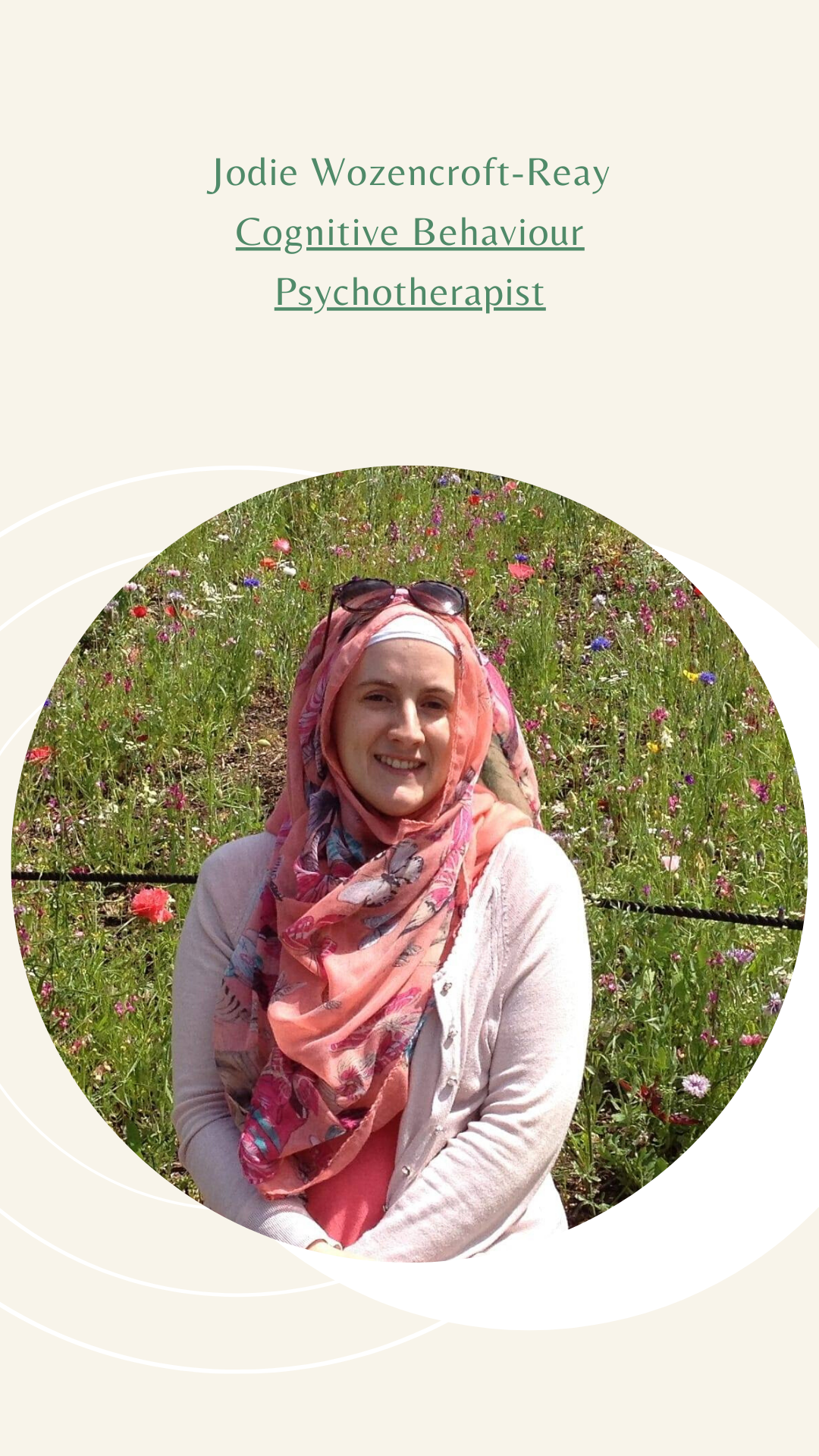Our inner talk: It’s not what you say…it’s how you say it
- Jodie Wozencroft-Reay

- Jan 15, 2021
- 2 min read
Updated: Feb 25, 2021
"It’s understandable that I struggle…”
Look at that sentence. Read it through. How do you feel? More importantly, how did it sound? Was it anxious, with a wobble? Was it rage inducing, hostile? Was it sad, low, unmotivated? Was it empathetic?

How speak to ourselves matters. The emotional texture of our inner speech vastly changes our experience of it.
Paul Gilbert, a UK based psychologist and professor, discovered this when carrying out cognitive behaviour therapy (CBT) with very depressed patients. In CBT you challenge negative thoughts in a variety of ways, but for these patients they understood all the logic, but they just didn’t feel it. When Gilbert asked about how their thoughts (inner speech) actually sounded, it was aggressive and full of contempt.
From here Gilbert developed Compassion Focused Therapy (CFT), a evolutionary, neuroscientific, attachment based therapy. Many people hear of CFT and think …”pft compassion? sounds a bit soft to me” but compassion takes courage. Courage to face your pain, and commitment to take action.
‘A’isha, may Allah be pleased with her, said,
“I was on a camel which was somewhat intractable and the Prophet (peace be upon him), may Allah bless him and grant him peace, remarked, ‘You must be compassionate. Whenever there is compassion in something, it adorns it, and when it is removed from something it disgraces it.”
Al-Adab Al-Mufrad, Book 26, Hadith 8
One way we can experience pain is the way we experience our inner speech: it can be encouraging, comforting, critical (sometimes rightly) and, then, it can be downright attacking.

Now the issue with self-attacking is that it reduces our resilience. It means we’re fighting a losing battle…so why fight? Why focus on that attacker when we could focus on something (or someone else)?
We have lots of versions of ourselves…a happy self…an excited self…an angry self…an anxious self…a sad self…and the one that many people aren’t connected to…a compassionate self.

Think back to you as a child, a time where you felt safe, loved and content, that is what your compassionate self wants for you. It’s more than just self love and kindness, it’s about having the courage when you struggle to face those struggles and give yourself what you need.
There are many ways to connect with your compassionate self. Mindfulness is popular for a reason nowadays, having that connection to your body, and more specifically your breathing helps your mind and body soothe. We need to feel soothed to connect with our compassionate self initially. When we develop that connection more we can call upon our compassionate selves in times of difficult too.

Once you have engaged in the practice of compassionate breathing, bring a smile to your face, remind yourself that we all just find ourselves here and we’re doing what we can. Now rather than arguing with your inner speech, acknowledge it, acknowledge its pain and make the intention to heal it in the ways you’re able.
We’re all in this crazy world together…let’s not battle against ourselves. We need more love and compassion in the world to make it a better place.


Comments